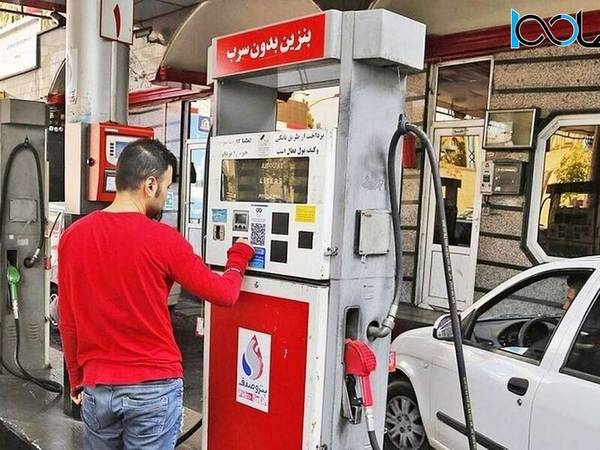The Iranian government has approved regulation permitting private companies to import premium gasoline, known in Iran as "super" gasoline, at unsubsidized international prices, affordable only for the wealthiest citizens.
The cabinet's directive, dated November 10, ratified the implementation of an article in the current Iranian year's budget (started March 20), which addresses subsidy reforms.
According to this regulation, licensed private companies are now authorized by the Ministry of Oil to import and distribute premium (super) gasoline at non-subsidized prices, outside the government's network of gas stations.
The Iranian government offers one of the cheapest gasolines in the world, at less than 10 US cents per gallon, according to a policy of subsidizing essential commodities for the population. However, these subsidies including food, natural gas and electricity costs the government more than $50 billion annually.
Although the decree does not explicitly mention subsidized gasoline, domestic media have interpreted it as a sign of impending fuel price increases.
The estimated price for this imported gasoline is around 800,000 rials per liter (around $1.20). President Masoud Pezeshkian's administration continues to deny having any plans to reduce subsidies for gasoline, while seemingly advancing it in practice. Thus far, the government has approved an 11-fold increase in aviation fuel prices and anticipates substantial revenue growth from fuel sales.
There is no clear information on the quality of the premium gasoline Iran plans to allow for import. However, Iran has a longstanding practice of importing high-quality gasoline and diluting it for profit. In April 2023, Hossein Aghayan, a former director in the National Iranian Oil Refining and Distribution Company (NIORDC), said, "Previously, we imported super or premium gasoline and mixed it with light naphtha, and there was no issue. But if we aim to supply high-quality gasoline, we must import it." As a result, the gasoline sold by the government has low Octane and is considered sub-standard.
A few hours after the document was shared with the media, government spokesperson Fatemeh Mohajerani faced a wave of questions from journalists about a possible gasoline price increase.
She emphasized, “There is no increase in the price of gasoline in next year’s budget.”
However, Mohajerani acknowledged that the government must import gasoline to address shortages.
Earlier this month, a spokesperson for the Planning and Budget Organization noted, “Setting the prices of petroleum products requires decision-making at the highest levels of national management, and any adjustment or pricing must be thoroughly discussed across various levels.”
For most Iranians, who earn about $200 per month, a large increase could push an already struggling population to the brink. Violent protests shook Iran in November 2019, when the government suddenly tripled gasoline prices. But the government is also cash-strapped because of US sanctions that have led to limited export of crude oil.
Historically, fuel price increases in Iran have happened outside of budget legislation, as in November 2019 when gasoline prices rose with the Supreme Leader’s backing of a decision by the Coordination Council of the Three Branches, bypassing parliamentary oversight.
This new decree, allowing private companies to import premium gasoline and supply it outside the usual distribution network, acts as an implementation regulation of the budget law. However, neither the import of premium gasoline nor its distribution outside the standard network was specified in this year’s budget. Instead, the government is advancing this policy through a special directive.
Under the administration of Hassan Rouhani, Iran issued its first license to supply fuel outside the traditional distribution network. Following this, the private sector entered the market with fuel tankers, referred to as "mobile stations," which delivered fuel directly to consumers upon request. Some of the mobile stations were also stationed in designated urban areas, where they sold gasoline on-site.
